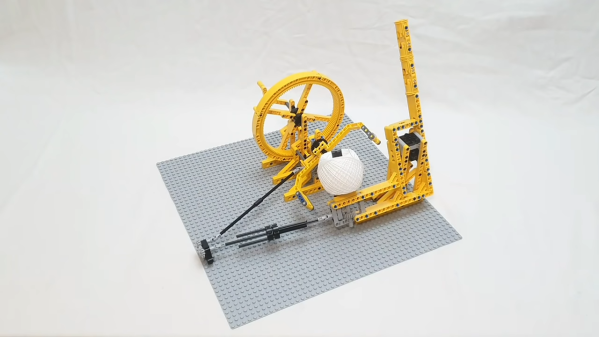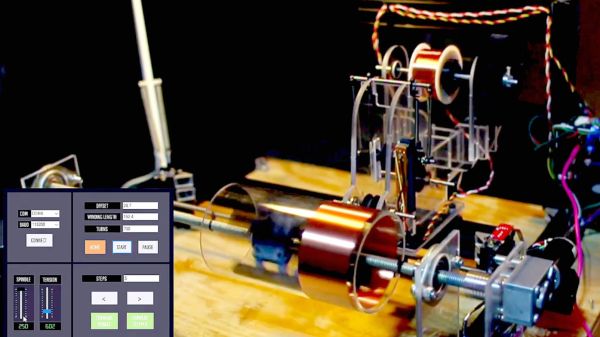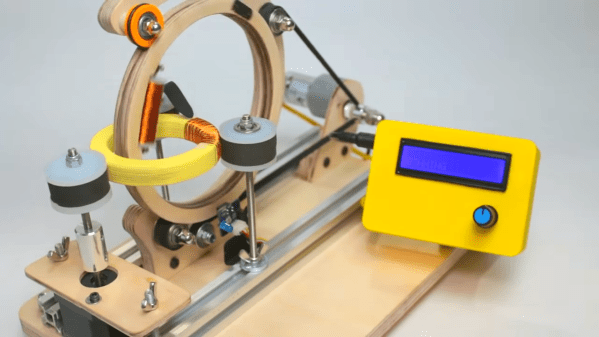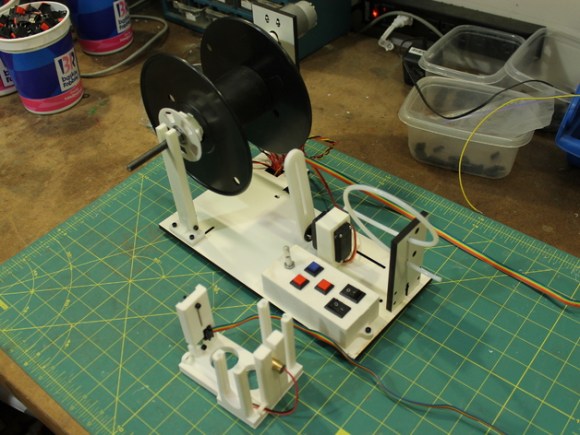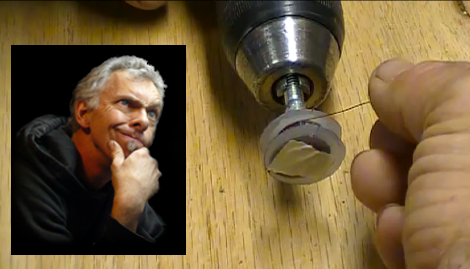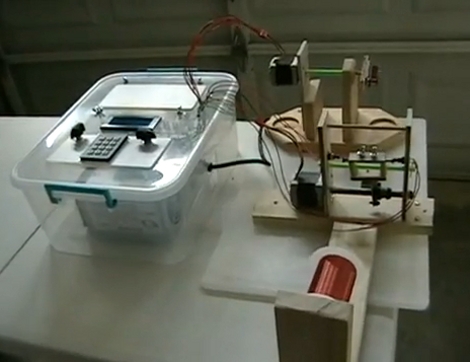Unless you’re an avid fan of 1997’s box office hit Mouse Hunt, or actively working in the string industry, you probably don’t spend a lot of time thinking about how those balls of string are made. [ord] has, however, and built a tidy little winding machine that has us contemplating the possibilities of how useful LEGO machines can really be.
The design uses a large and imposing-looking ring gear to drive a spinning arm which carries the string onto the bobbin. The bobbin itself is rotated along with the spinning arm as the hand crank that operates the machine is mechanically linked to both. As the arm and bobbin turn, string is deposited onto the bobbin, building up into a pleasing ball of string that looks just like the ones you buy at the store.
We suspect that, unless [ord] is doing some very interesting things that we haven’t seen yet, the string was probably sourced off a reel or ball anyway, and this machine just serves to demonstrate how the process works.
However, it does go to show how LEGO machines can do real work. We’d love to see LEGO put to more practical uses like winding pickups or transformers, or other jobs that are maddeningly tedious when done by hand. Video after the break.
Continue reading “LEGO String Winder Hints At Greater Possibilities”

